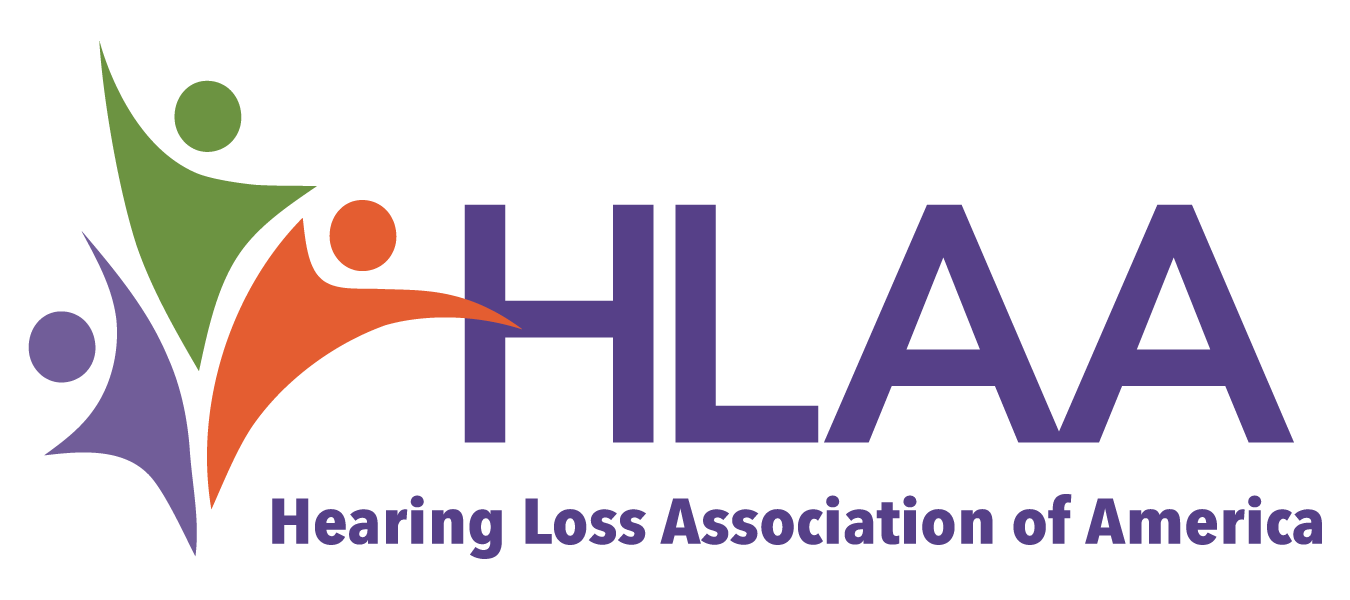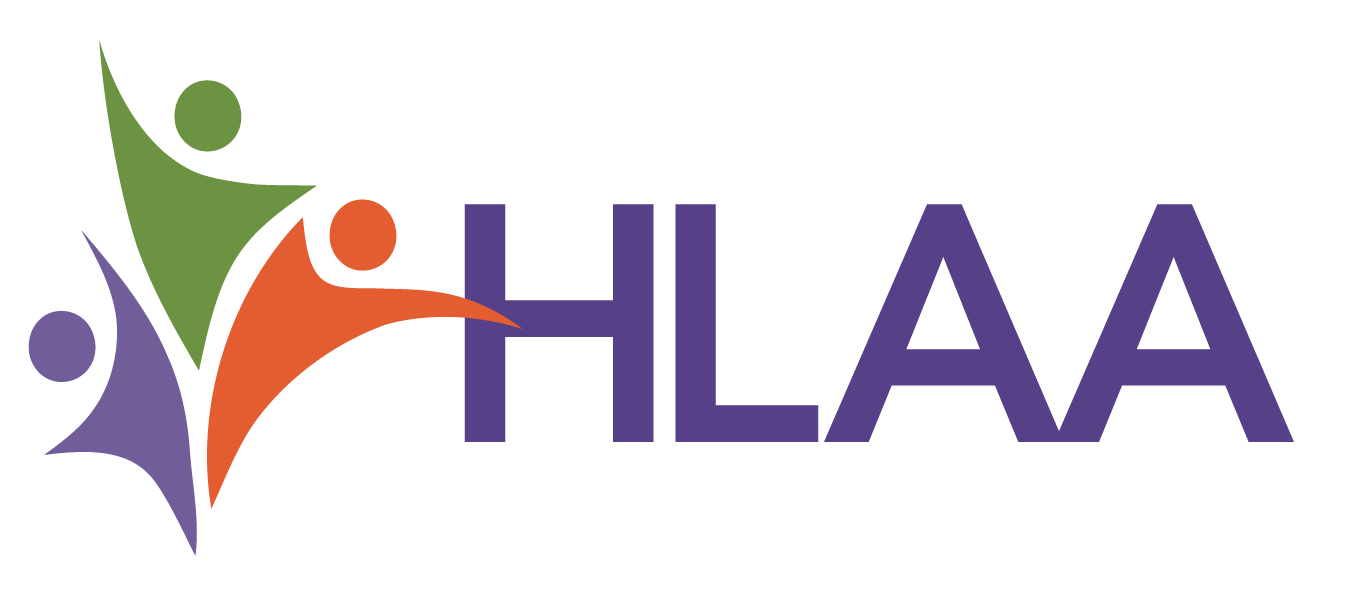Expert panel convenes at Hearing Loss Association of America (HLAA) 2023 Convention in iconic New Orleans
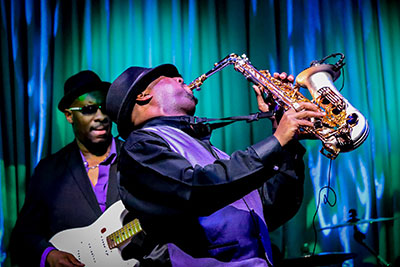
The HLAA 2023 Convention Research Symposium on June 30, Joy of Music/Loving Your Ears, will explore different aspects of music and hearing loss, featuring four prominent speakers in the fields of audiology, science and music performance: Marshall Chasin, Au.D., Michael Santucci, Au.D., Karen Chan Barrett, Ph.D. and Wendy Cheng. The panelists will present on topics including music enjoyment and the prevention of hearing loss, resources to protect your hearing while making music, research on music perception and the joy and challenges of being a musician with hearing loss.
This is the 29th annual symposium hosted by HLAA, the leading voice of the growing number of people with hearing loss, at its annual convention—the largest communication-accessible event of its kind, designed to educate and empower people with hearing loss from across the U.S.
It is a common misbelief that having a hearing loss means you are unable to hear and enjoy music. However, many people with varying degrees of deafness continue to not only listen to but perform music in their favorite genres, with or without assistive technology. At the same time, hearing protection is critical for every music lover—younger and older—to prevent noise-induced damage to the ears. Here’s a preview of what some of our panelists will share.
You can view their full biographies and presentation abstracts on our Research Symposium web page.
Appreciating the Joy of Music
Improving Music for Cochlear Implant Users
Dr. Karen Chan Barrett is an auditory cognitive neuroscientist and researcher at University of California, San Francisco (UCSF). An accomplished classical concert pianist herself, she studies the neuroscience of creativity, music as it relates to health and more specifically, music perception in people who wear cochlear implants (CIs). Her presentation is titled, “Current Research Innovations on Music Perception in Cochlear Implant Users.”
Together with collaborator Nicole Jiam, M.D., at UCSF (Jiam et al. 2019), Karen is helping develop ways to improve music perception for individuals with hearing loss who use CIs, through personalized pitch maps and processing strategies.
“Currently, audiologists activate CI users with a generic pitch map, even though individuals vary” she explains. “It’s like giving everyone a medium size t-shirt despite their different weights, heights, and needs. This one-size-fits-all approach can cause significant pitch distortion; one CI user may describe Madonna’s voice as sounding like Darth Vader, while another thinks it resembles Mickey Mouse. In the future, based on our research, CI users may be able to get individualized, tailored programming and processing strategies rather than maps based on averages.”
Karen will also share about the Sound Health Network (SHN), a partnership between the National Endowment for the Arts (NEA), the National Institutes of Health (NIH), the Kennedy Center and opera superstar Renée Fleming, which promotes research and public awareness about the impact of music on health and wellness.
The Challenges with Music Performance
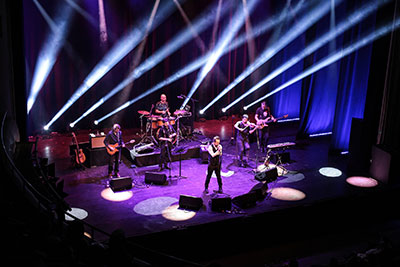 Our sole panelist with hearing loss, HLAA Member Wendy Cheng founded the nonprofit Association for Adult Musicians with Hearing Loss (AAMHL) in 2001 and is a passionate amateur musician. Her presentation, “Making Music with a Hearing Loss: Challenges and Progress over the Years” will showcase AAMHL projects that have helped to advance knowledge about this little-studied issue and to assist adult musicians at all skill levels.
Our sole panelist with hearing loss, HLAA Member Wendy Cheng founded the nonprofit Association for Adult Musicians with Hearing Loss (AAMHL) in 2001 and is a passionate amateur musician. Her presentation, “Making Music with a Hearing Loss: Challenges and Progress over the Years” will showcase AAMHL projects that have helped to advance knowledge about this little-studied issue and to assist adult musicians at all skill levels.
“Twenty years ago, there was very little interest in the development of hearing devices that would be suitable for not only music appreciation but also performance. In the past, I struggled to have a fulfilling musical journey with significant, lifelong hearing loss. Today, I am fortunate to have an active musical life after receiving bilateral cochlear implants,” Wendy says.
“At AAMHL, we commonly get questions about the best hearing devices for singing or playing certain musical instruments. But hearing aids and CIs have a limited range, so assistive listening devices of some kind are usually needed to hear the conductor as well as your own section, when performing in ensembles.”
Wendy wants HLAA members to know that it is possible to appreciate and make music with a hearing loss, and to encourage anyone who is interested to learn a musical instrument. “Let go of the mindset that you must have a ‘gift’ or ‘talent.’ Learning to play and read music is just like learning a foreign language—becoming fluent requires patience and taking time to practice newly acquired skills.”
Protection is Key to Loving Your Ears
Factors Affecting Hearing Loss in Musicians
For more than four decades, Dr. Marshall Chasin, the head of audiology for the Musicians’ Clinics of Canada, has worked with performing artists in genres ranging from rock and roll to classical and everything in between. His talk, “Music and the Prevention of Hearing Loss,” will present an overview of factors that affect hearing for musicians and the most effective hearing protection to minimize damage.
Marshall is quick to emphasize that, “Hearing loss prevention can be difficult, because damaging sounds are not necessarily that loud,” even those that have a relatively high decibel measurement. “Loudness … can vary from person to person and change depending on the situation. Humans are basically lousy at distinguishing potentially damaging sounds from others.”
He says the real culprit is based on dosage—the frequency and length of time one is exposed to a potentially damaging sound level. “You can listen to a concert at 94 or 95 decibels, and this is perfectly safe as long as you are not exposed more than five hours each week. As a rule of thumb, enjoy the occasional concert [while wearing effective ear protection]; just don’t go out and mow your lawn the next day…get someone else to do it.”
Marshall will be sharing in-depth about additional environmental strategies and other tricks for safely listening to music.
Preventing Music-Related Hearing Damage
 Dr. Michael Santucci is an award-winning audiologist who has helped to protect and preserve the hearing of more than 40,000 professional musicians, technicians, venue staff and music lovers in the past 35 years, so all can enjoy making and listening to music while preserving their hearing. He is the founder and president of Sensaphonics, Inc., a company that creates and supplies ear monitors and earplugs for musicians, while educating them about hearing protection.
Dr. Michael Santucci is an award-winning audiologist who has helped to protect and preserve the hearing of more than 40,000 professional musicians, technicians, venue staff and music lovers in the past 35 years, so all can enjoy making and listening to music while preserving their hearing. He is the founder and president of Sensaphonics, Inc., a company that creates and supplies ear monitors and earplugs for musicians, while educating them about hearing protection.
Michael’s topic, “Prevention of Music Induced Hearing Disorders: Strategies and Technology,” delves into the causes of and protection from the five most common types of music induced hearing disorders. He will present prevention strategies and technology used by professionals to maintain hearing with as little compromise acoustically as possible.
“Music professionals from almost all genres are exposed to high sound levels driven by the competing volume levels of others onstage who need to hear what they’re playing,” he explains. “But asking them to alter the sound, including loudness level, is challenging for most. It’s difficult for a musician to change their stage volumes because their auditory brain becomes used to a sound ‘signature’ that they have created by years of practice.”
He believes that much of this cutting-edge information will be new and possibly surprising to both musicians and non-musicians. “My message for the music world is, you can keep creating sound while protecting and preserving your hearing!”
Music and New Orleans, a Fitting Tribute
 What better locale to present this year’s Research Symposium theme than New Orleans—the birthplace of jazz—where music has been such a vital thread woven into the city’s fabric and culture for centuries? According to a history published on NewOrleans.com:
What better locale to present this year’s Research Symposium theme than New Orleans—the birthplace of jazz—where music has been such a vital thread woven into the city’s fabric and culture for centuries? According to a history published on NewOrleans.com:
“The late Victorian period … saw the emergence of jazz, a revolutionary new musical idiom that would become New Orleans’ greatest cultural contribution to the nation and world. Music has always been a birthright in New Orleans; even before jazz, diverse ethnic and racial groups— French, Spanish, African, Italian, Latin, German, Anglo, Irish—found common ground in making music, and to this day, the city makes outsized contributions in various musical genres, including rap, hip-hop, bounce, and funk.”
The Joy of Music/Loving Your Ears Research Symposium promises to be fascinating for anyone with any level of interest in music. It takes place on Friday morning, June 30, from 8:30 to 10:30 a.m. in our main venue, the Carondelet room. Each panelist will speak for about 15 minutes, followed by an audience Q&A after the final presentation.
Admission to the Research Symposium is included with the full or daily Friday package and may be attended separately for only $20. Details & Registration
ABOUT THE HLAA RESEARCH SYMPOSIA
Since 1994, the Hearing Loss Association of America (HLAA) has provided communication access to scientific talks by leading researchers through symposia at our annual conventions, as the premier organization representing people with hearing loss in the U.S. In fact, these are the only national live, communication-accessible annual events on hearing science aimed at people with hearing loss and their families.
Because hearing loss typically involves difficulty understanding speech, especially in large public spaces, and because venues for scientific talks typically do not offer hearing assistive technology (e.g., real-time captioning, hearing loops, sign language interpreters) people with hearing loss often cannot access scientific talks and benefit from the information provided. Yet, having access to such information is an essential ingredient for self-advocacy. More recently, we have been making these unique symposia available online, through accessible videos, for those who cannot attend our conventions in person.
The HLAA Research Symposium is supported by the National Institute on Deafness and Other Communication Disorders of the National Institutes of Health under Award Number R13DC017913. The content is solely the responsibility of the authors and does not necessarily represent the official views of the National Institutes of Health.
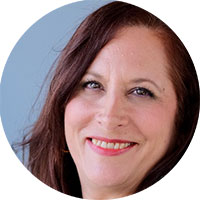
If you or someone you know has a hearing loss, visit hearingloss.org for resources and to find a local chapter, or a Walk4Hearing near you.
For questions, contact HLAA at inquiries@hearingloss.org.
Enjoyed this post? Never miss out on future posts by following us.
Follow HLAA and “Like” us on Facebook today!
